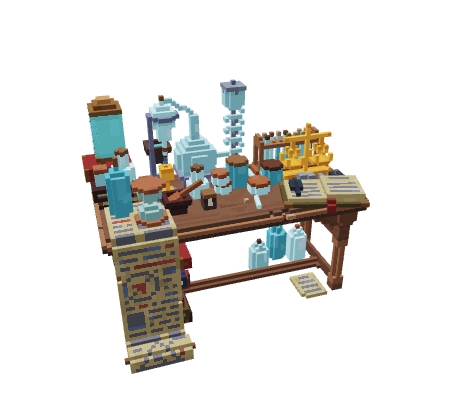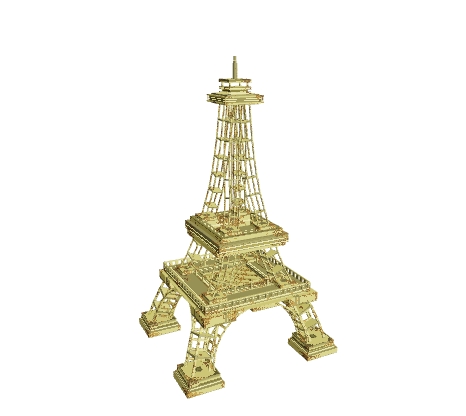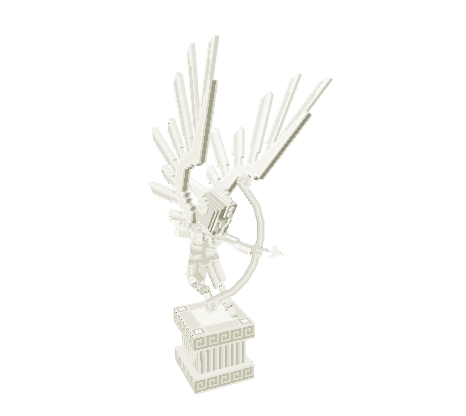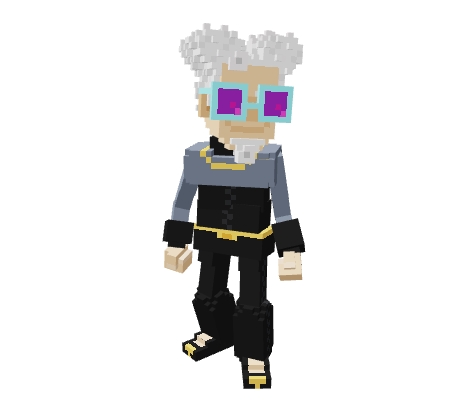Animator
Use the VoxEdit Animator to create Compound or Animated assets in The Sandbox.
Creating Compound & Animated Assets
Simple assets (models) are the pieces that make up compound and animated assets. Use the Animator to create static or animated assets with poses, or animations, and add motion if desired. Upload to use them in Game Maker.
Requirements
A structure, or skeleton
One or more poses, or animations
(Animated assets) motion applied to one or more animations
Getting Started
Panels
Menubar
The Menubar helps you save, translate, and visualize your project.

Library
The Library stores all of the simple models you've imported or created for your asset. You can import .VXM files (made in VoxEdit) or .VOX files (made in other programs like MagicaVoxel).

Skeleton
The Skeleton displays the structure of your compound or animated asset's rig. It is a hierarchy of how the pieces of your asset fit together and are allowed to be moved.
Each item in the skeleton is a node. Models may be linked to nodes, giving the rig shape in the Viewport.
Learn more: Build a Rig

Inspector
The Inspector allows you have more granular control of a node's position and rotation by entering a value. You can also toggle collisions on or off for one or more selected nodes.

Timeline
The Timeline allows you to add motion keyframes to an animation, or pose, of your asset.

Animations List (Poses)
The Animations List includes all poses built in your asset. Motion may or may not be applied to each. A search makes finding animations fast for assets that have many.

Advanced: Inverse Kinematics (Hidden)
Inverse Kinematics is a hidden panel for advanced users to create more realistic movements and set poses, or animations, more quickly. You can find it in the View menu at the top of the screen.
Learn more: Use Inverse Kinematics

Last updated
Was this helpful?






















































